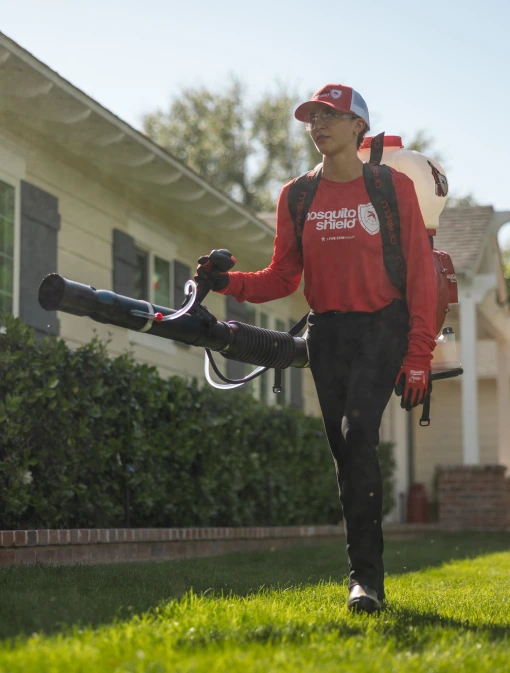Our mosquito control services are tailored specifically for Permian Basin’s unique environment, offering a powerful and effective solution that has been fine-tuned over the past 20 years. Designed to handle the area’s warm, humid climate and frequent storms, our treatments not only eliminate mosquitoes on contact but also provide ongoing protection. With a focus on both immediate relief and long-term prevention, we help you enjoy your outdoor spaces without the constant nuisance of mosquitoes.
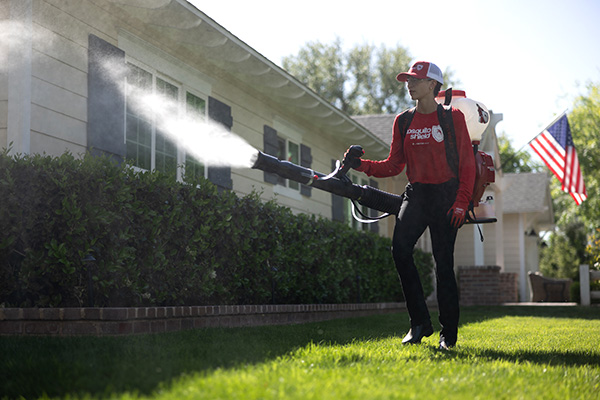
Our treatment instantly targets and eliminates mosquitoes in Permian Basin’s warm, mosquito-prone environment for immediate relief.

By addressing mosquito breeding hotspots commonly found in Permian Basin, we help reduce population growth and control future infestations.
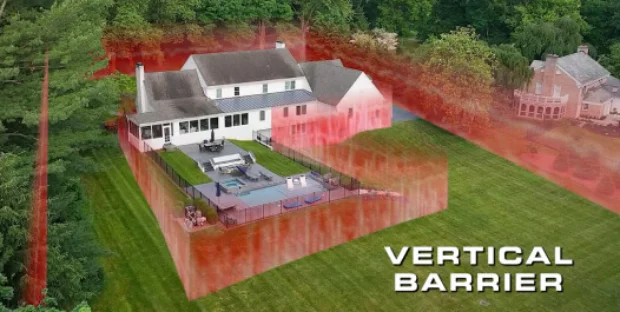
Our solution forms a virtual barrier specifically designed to withstand Permian Basin’s weather, keeping mosquitoes out and allowing you to enjoy your yard.

Our unique approach to mosquito control delivers proven, effective results you can rely on. With treatments designed for rapid impact, you’ll notice a significant reduction in mosquito activity shortly after the first application. Our method ensures your outdoor spaces become more enjoyable quickly.

Any mosquitoes living around active areas of the home will be killed on contact with our proprietary formula. We train our technicians to target these areas so we can maximize the effectiveness of the spray.
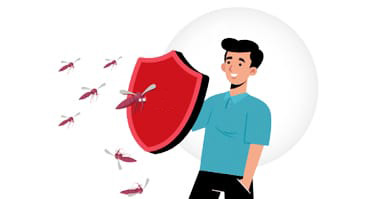
Female mosquitoes are attracted to the scents we emit. Our proprietary formula is specially created to mask them. Once our treatment has been applied, mosquitoes will avoid your property.

As treatments are performed, a vertical barrier is established which strengthens with each mosquito control service visit. This will shield your yard from pesky mosquitoes.
Experience the most comprehensive mosquito and tick control service designed for the Southern U.S. climate, helping you enjoy your outdoor spaces in Permian Basin without the nuisance of pests. Here’s what to expect:

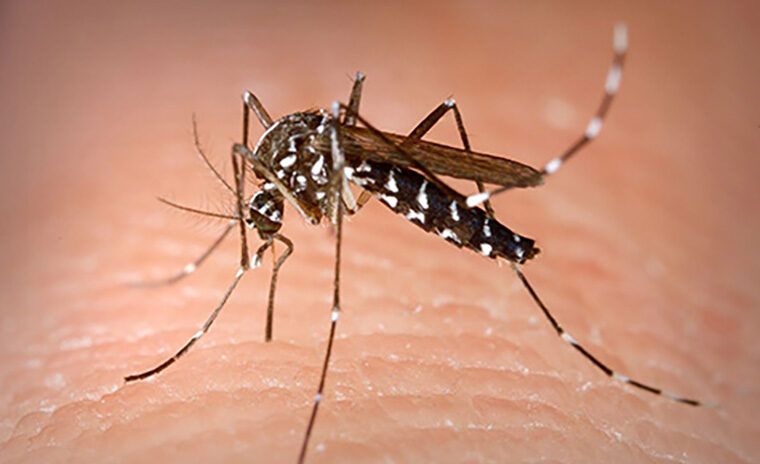
Identification: Small, dark mosquito with white stripes on the legs and a lyre-shaped marking on its thorax.
Habitat: Thrives in Midland, Odessa, and surrounding neighborhoods where water collects in flowerpots, birdbaths, and clogged gutters.
Behavior: Aggressive daytime biter, particularly around people.
Health Risks: Can transmit Zika virus, dengue, and chikungunya.
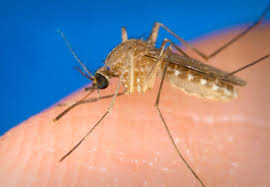
Identification: Light brown body with darker bands across the abdomen.
Habitat: Found near stagnant water sources—storm drains, irrigation ditches, septic runoff, and old livestock troughs.
Behavior: Bites mostly at night and can enter homes.
Health Risks: The main West Nile virus carrier in West Texas.
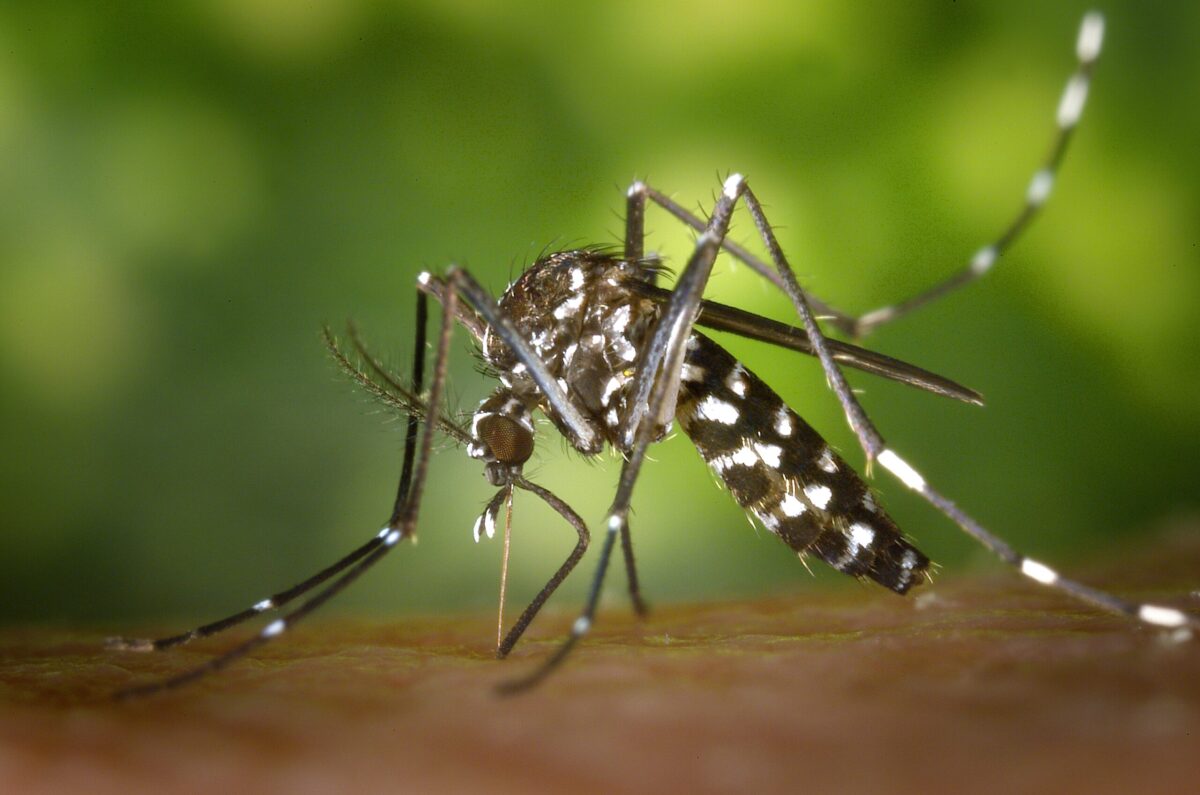
Identification: Black body with a bright white stripe running down the back and banded legs.
Habitat: Common around shaded residential yards, sports fields, and overwatered lawns in the Basin. Breeds in small water containers.
Behavior: Active during the day; often bites ankles and lower legs.
Health Risks: Potential vector for West Nile virus, dengue, and Zika.
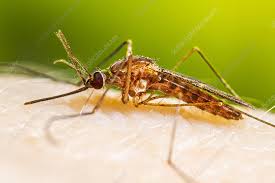
Identification: Medium-sized with four dark spots on each wing; rests at a characteristic 45° angle.
Habitat: Prefers cleaner water such as creeks, reservoirs, and retention ponds around rural ranchland.
Behavior: Active during dusk and dawn hours.
Health Risks: Historically a malaria vector; today mainly causes itchy, irritating bites.
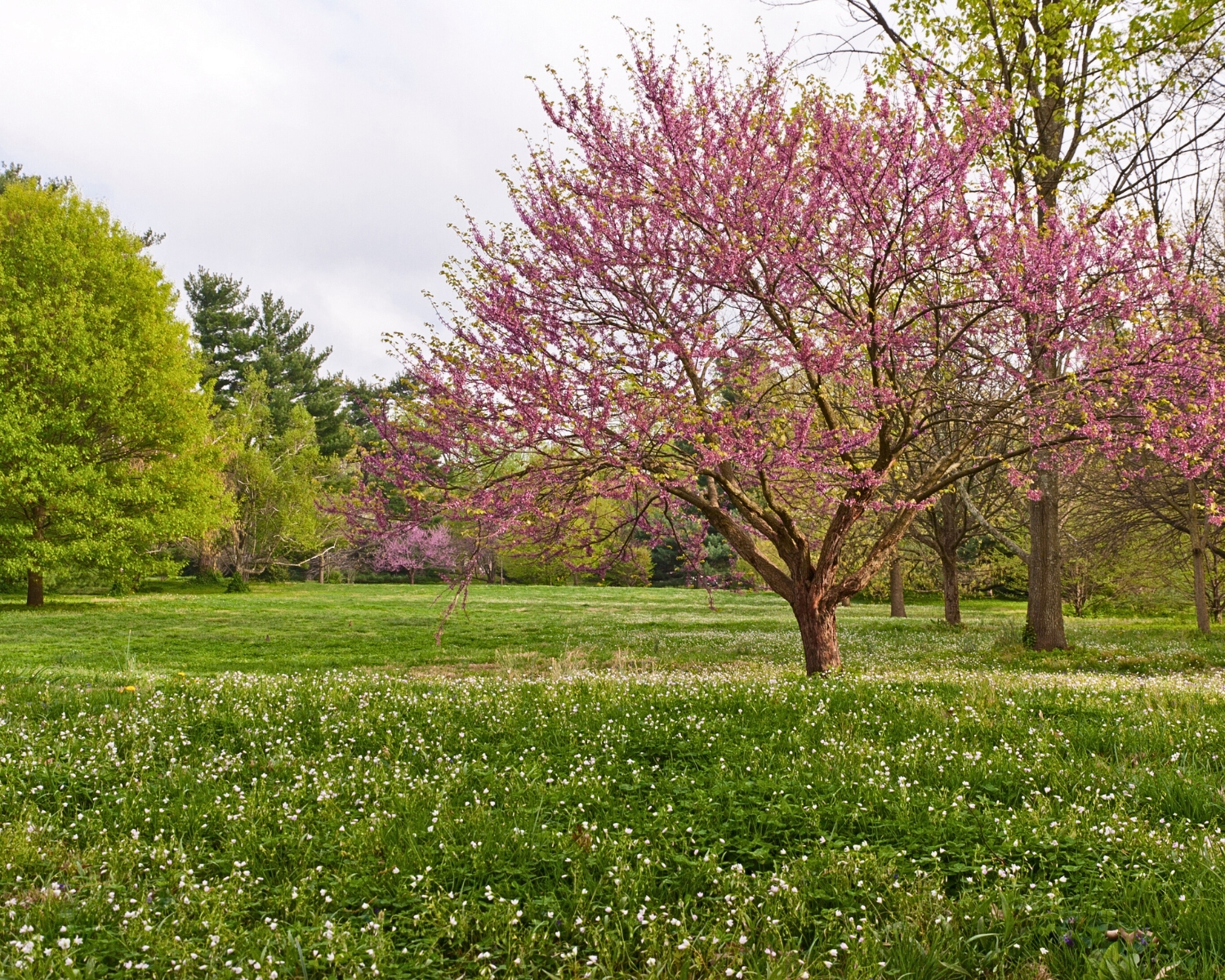
Key Activity: Mosquito season begins as temps rise and spring rains return.
Breeding: Standing water from irrigation systems and rain showers fuels quick hatching.
Common Species Active: Aedes aegypti and Culex quinquefasciatus emerge early.
Behavior: Biting increases, especially during mornings and evenings.

Key Activity: Peak mosquito season extreme heat and late-summer storms create prime breeding conditions.
Breeding: Even small water pockets tires, buckets, or storm drains become hotspots.
Common Species Active: Aedes albopictus, Aedes aegypti, and Culex quinquefasciatus dominate.
Behavior: Biting pressure is constant day and night, especially during outdoor ranching, oilfield, and recreation activities.
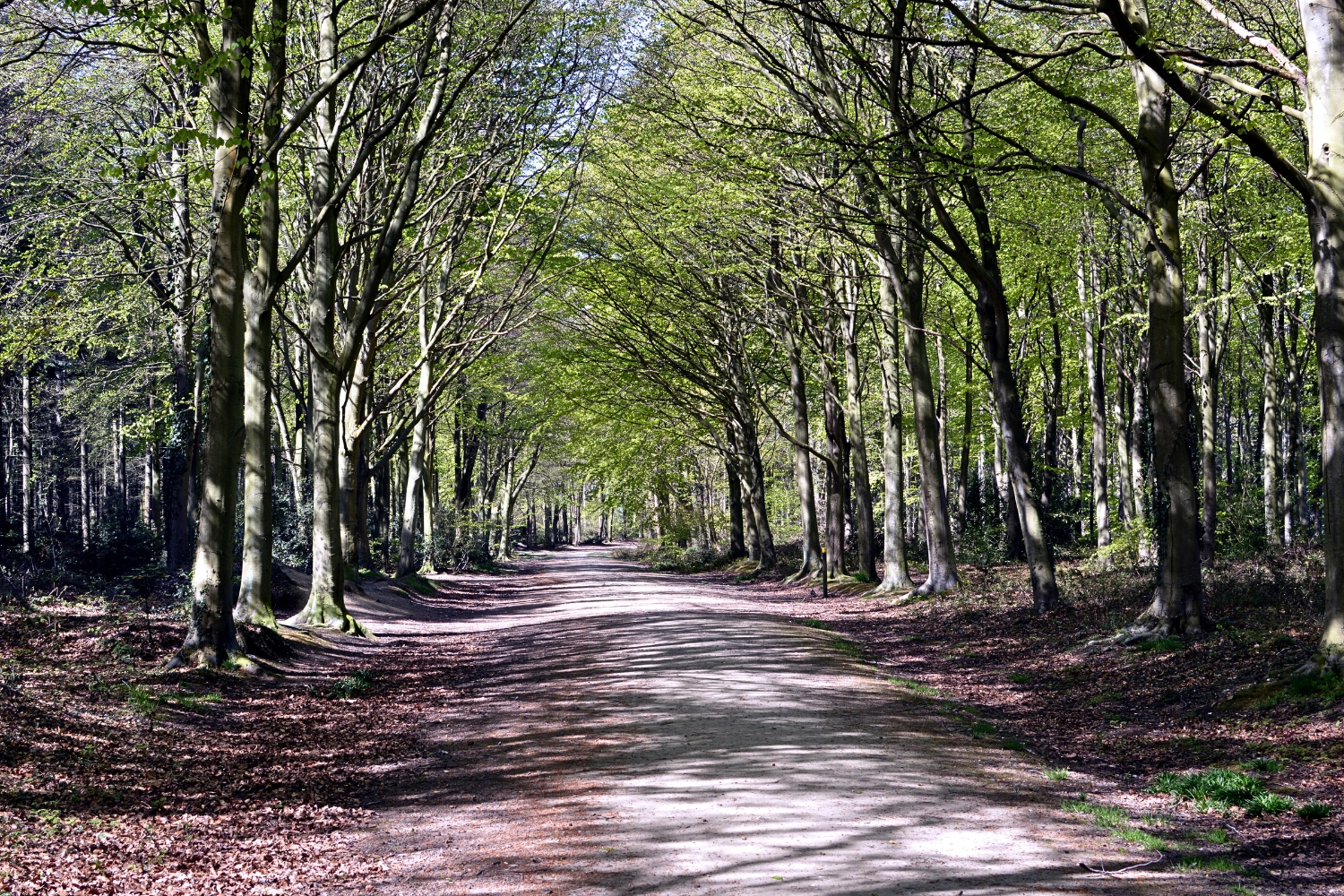
Key Activity: Mosquito activity tapers but persists into early fall if temps stay mild.
Breeding: Occasional rainfall and runoff sustain small populations.
Common Species Active: Culex and Aedes species remain, declining by late November.
Behavior: Evening bites continue in backyards and near waterways.
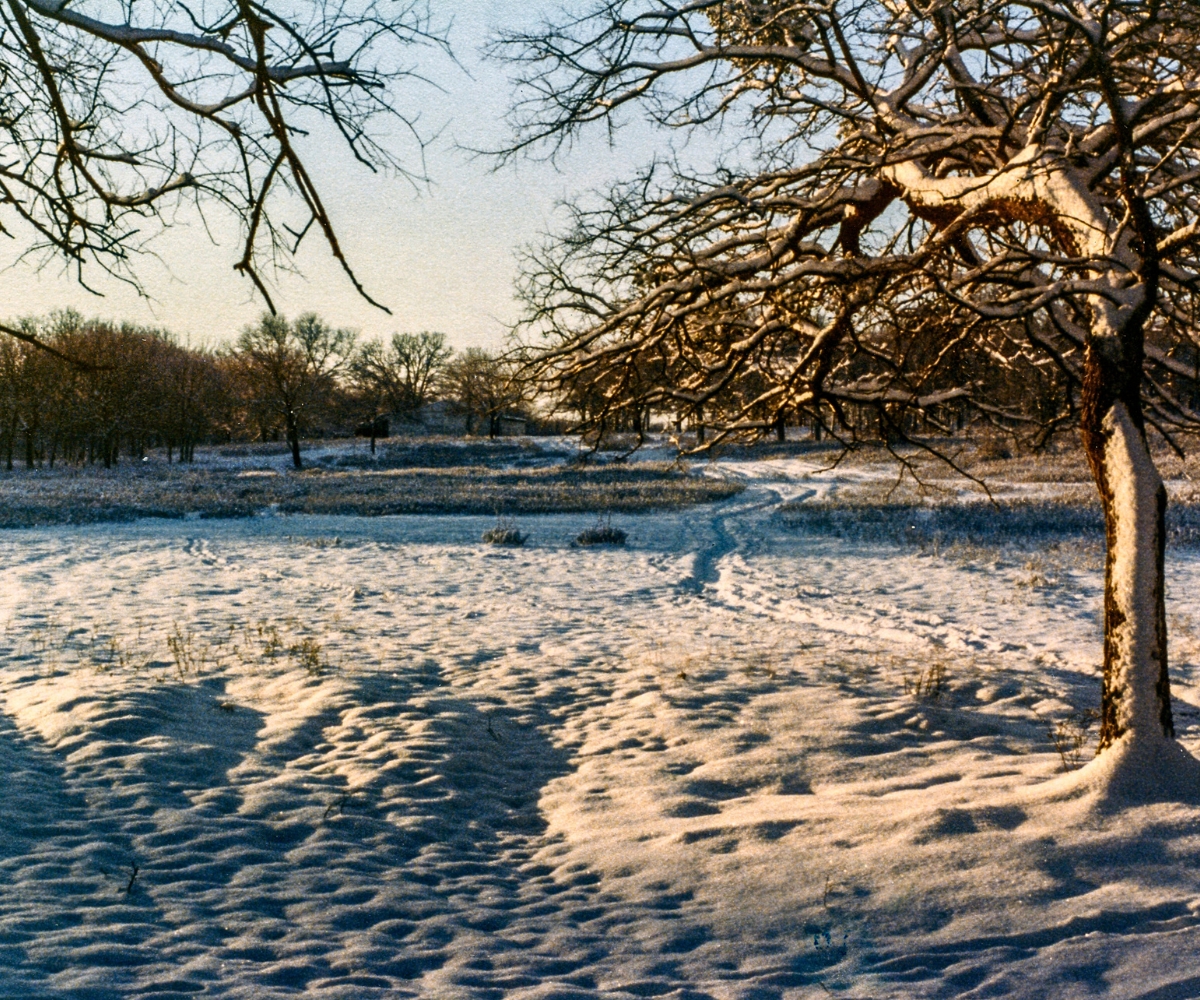
Key Activity: Activity slows dramatically but doesn’t vanish due to mild West Texas winters.
Eggs: Aedes eggs remain dormant in dry containers, waiting for spring rains.
Adults: Some Culex survive winter in protected areas like barns, crawlspaces, or sheds.
Behavior: Warm snaps after rainfall can trigger surprise mosquito activity.
